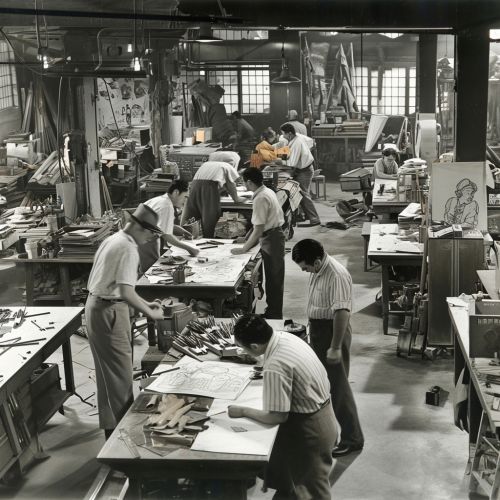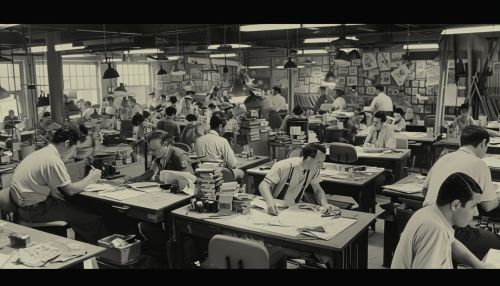Golden Age of American animation
Origins and influences
The Golden Age of American animation was a period of cultural and artistic innovation that began in the early 1930s and lasted until the late 1950s. This era was characterized by the development of new animation techniques, the emergence of iconic characters, and the production of films and shorts that are still celebrated today. The Golden Age was influenced by various factors, including technological advancements, societal changes, and the creative vision of pioneering animators.


The animation industry in the United States was born out of the larger film industry. In the early 20th century, film was a new and exciting medium that captivated audiences. Early animators, such as Winsor McCay and Max Fleischer, were inspired by the possibilities of film and began experimenting with animation techniques. These early pioneers laid the groundwork for the Golden Age of American animation.
Technological advancements
The Golden Age of American animation was marked by significant technological advancements. The introduction of cel animation in the early 1930s revolutionized the industry. This technique, which involved drawing on transparent sheets of celluloid, allowed animators to create more complex and fluid animations. The advent of Technicolor, a process that allowed for the production of full-color films, further enhanced the visual appeal of animated films.
Another significant technological advancement during this period was the development of the multiplane camera. This device, which was invented by Walt Disney and his team, allowed for the creation of more realistic and dynamic animations. The multiplane camera added depth to animated scenes by moving multiple layers of artwork at different speeds.
Iconic characters and studios
The Golden Age of American animation saw the creation of some of the most iconic characters in animation history. Mickey Mouse, Donald Duck, Bugs Bunny, Daffy Duck, Tom and Jerry, and many others were born during this period. These characters were the stars of numerous animated shorts and films, and they played a crucial role in popularizing animation.
Several animation studios dominated the industry during the Golden Age. Walt Disney Productions, Warner Bros. Cartoons, and Metro-Goldwyn-Mayer cartoon studio were among the most successful and influential studios of this era. These studios produced a vast array of animated content, from comedic shorts to full-length feature films.
Cultural impact and legacy
The Golden Age of American animation had a profound cultural impact. Animated films and characters became an integral part of American popular culture. The success of animated films also led to the creation of merchandise, comic books, and television shows, further cementing the influence of animation.
The legacy of the Golden Age of American animation is still felt today. The techniques developed during this period continue to be used and refined by modern animators. The characters and stories created during the Golden Age remain popular and have been reimagined in numerous forms. Furthermore, the Golden Age set the standard for quality animation and storytelling, influencing generations of animators and filmmakers.
